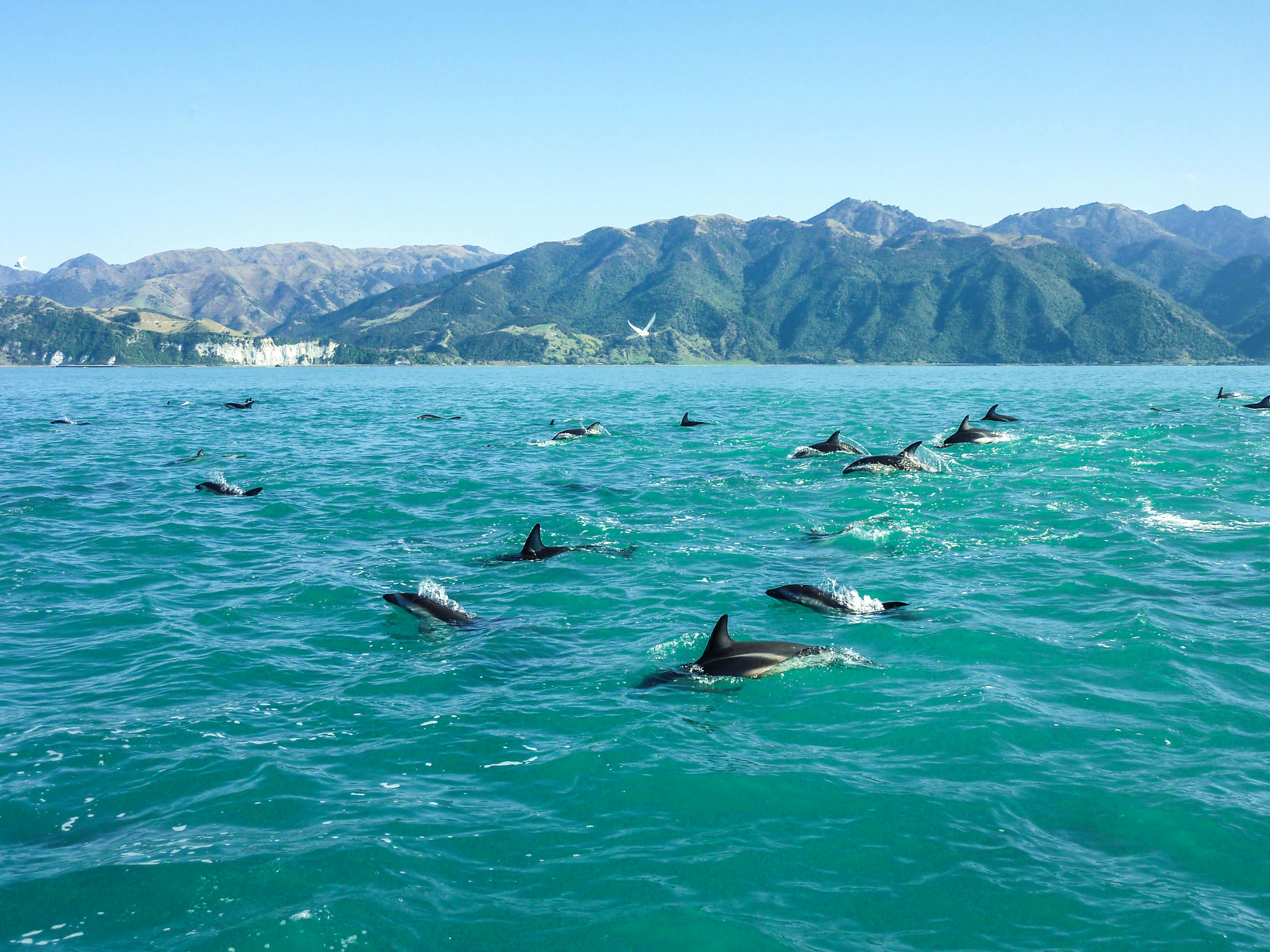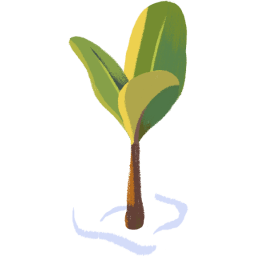Late last night, after two weeks of intense negotiations, delegates meeting at the United Nations finally agreed to language for a High Seas Treaty. This is a major milestone in a nearly two-decade effort to secure a treaty to govern and protect the High Seas, which make up 70% of the ocean and cover nearly half the planet. More than 160,000 supporters spoke up and urged leaders to act. This public support, along with the great work of partners like RISE UP, the High Seas Alliance, Greenpeace, and more, helped show decision-makers that people all over the world were watching and wanted action — and they delivered. There is still more work to do, as nations will now need to formally adopt the language and ratify the treaty at the country level. We will continue to keep you updated on campaign developments and the critical moments where we need your support.
Call on Prime Minister Christopher Luxon and his Government to protect 30% of Aotearoa New Zealand’s ocean by 2030.
What you need to know
Aotearoa New Zealand’s ocean territory is one of the largest in the world — yet staggeringly, less than 1% of it is highly protected.
These waters are home to some of the planet’s most unique and threatened marine life: nearly half of all whale and dolphin species, the highest diversity of seabirds anywhere on Earth, and the Māui dolphin — one of the rarest marine mammals, with only around 54 left in the world.
But pollution, overfishing, and climate change are pushing marine ecosystems in Aotearoa to the brink. And instead of stepping up, the government has rolled back key protections, putting critical progress in jeopardy.
Protecting Aotearoa’s unique biodiversity for future generations will take collective action from all of us. The ocean is deeply connected to life and culture: more than half of New Zealanders live within 5km of the coast, and tangata whenua (Indigenous Māori communities) have long maintained deep relationships with the ocean, continuing to exercise kaitiakitanga (guardianship) today.



















